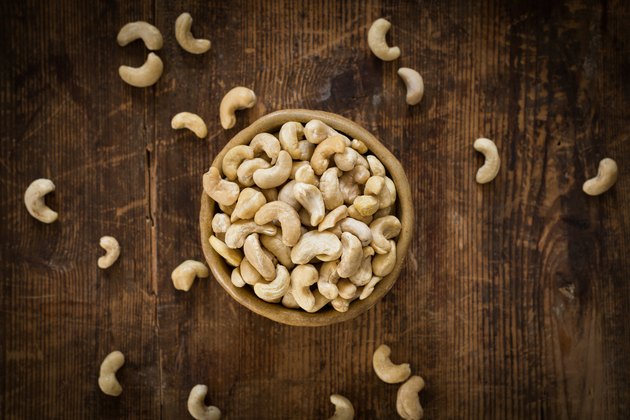
Anaphylaxis was defined according to the clinical criteria reported in “Anaphylaxis: guidelines from the European Academy of Allergy and Clinical Immunology” ( 8). Tolerance was defined for patients whose first OFC was positive and last OFC was negative during the follow-up. We divided the average diameter of allergen-induced wheal by the average diameter of histamine-induced wheal. We used the ratio defined as histamine equivalent prick (HEP)-index diameter. A positive SPT was defined as a mean wheal diameter at least 3 mm greater than the negative control. A total of 17 patients sensitized to CNs (evidence of nut-specific IgE shown by a positive SPT ) were recruited in the study. Among these children, those with a history of allergic reaction to CNs and/or pistachios were evaluated for CN allergy in the clinic, but others were not prick tested with CNs routinely.
#Cashew allergy anal skin
Skin prick test with CN was not applied to all children (n=516) with food allergy. Food allergy diagnosis was based on the combination of clear-cut history, typical clinical presentation, positive skin prick test (SPT)/specific IgE, or oral food challenge (OFC) test ( 7). We assessed the clinical features and course of CN allergy.Ī retrospective chart review was performed on 516 children less than 18 years of age who presented with food allergy over a 24-month period at the pediatric allergy department of a tertiary care children’s hospital. In this study, we present the patients who were sensitized to CNs in a group of children with food allergy attending a pediatric allergy clinic. The majority of children allergic to hen’s egg or cow’s milk often develop tolerance over time, but CN allergy tends to show lifelong persistence similar to other nuts ( 1).Īlthough CN allergy is a serious health problem in children, it remains understudied in comparison to peanuts and needs to be underscored as a potent food allergen. The mainstay of therapy in CN allergy is avoidance of CNs however, this is not easy to provide in patients with CN allergy because it exists in many food products ( 2). Clinical reaction to CNs may be severe, including anaphylaxis, suggesting high potency comparable with other tree nuts and peanuts ( 2, 6). Parallel to the growing trend of CN consumption throughout the previous 10 years all over the world, we suggest that the rate of CN sensitization is also likely to increase in Turkey as reported in the previous studies ( 2).Ĭashew nut allergy presents most commonly in the first five years of life (range, 2 months to 27 years), with typical rapid-onset immunoglobulin E (IgE)-mediated symptoms ( 1, 2).


Sunflower seeds are the most commonly consumed snacks, followed by mixed nuts (common constituents of mixed nuts: hazelnuts, pistachios, almonds, walnuts, peanuts, and CNs) in the traditional eating habits of Turkey ( 5). Nuts are frequently consumed as snacks in Turkey. Cashew nut allergy seems to have become a significant problem, not only in these places but also in other regions, because of the increase in consumption over the past years ( 4). The biggest cashew consumers in the world are India, USA, Germany, Netherlands, and the United Kingdom ( 3). In the 2017–2018 season, CN production raised by 32% over the previous decade worldwide. Recent studies on cashew nuts (CNs) suggest that the prevalence of CN allergy is increasing with raising consumption ( 2). Tree nut allergy affects over 2% of children ( 1).


 0 kommentar(er)
0 kommentar(er)
